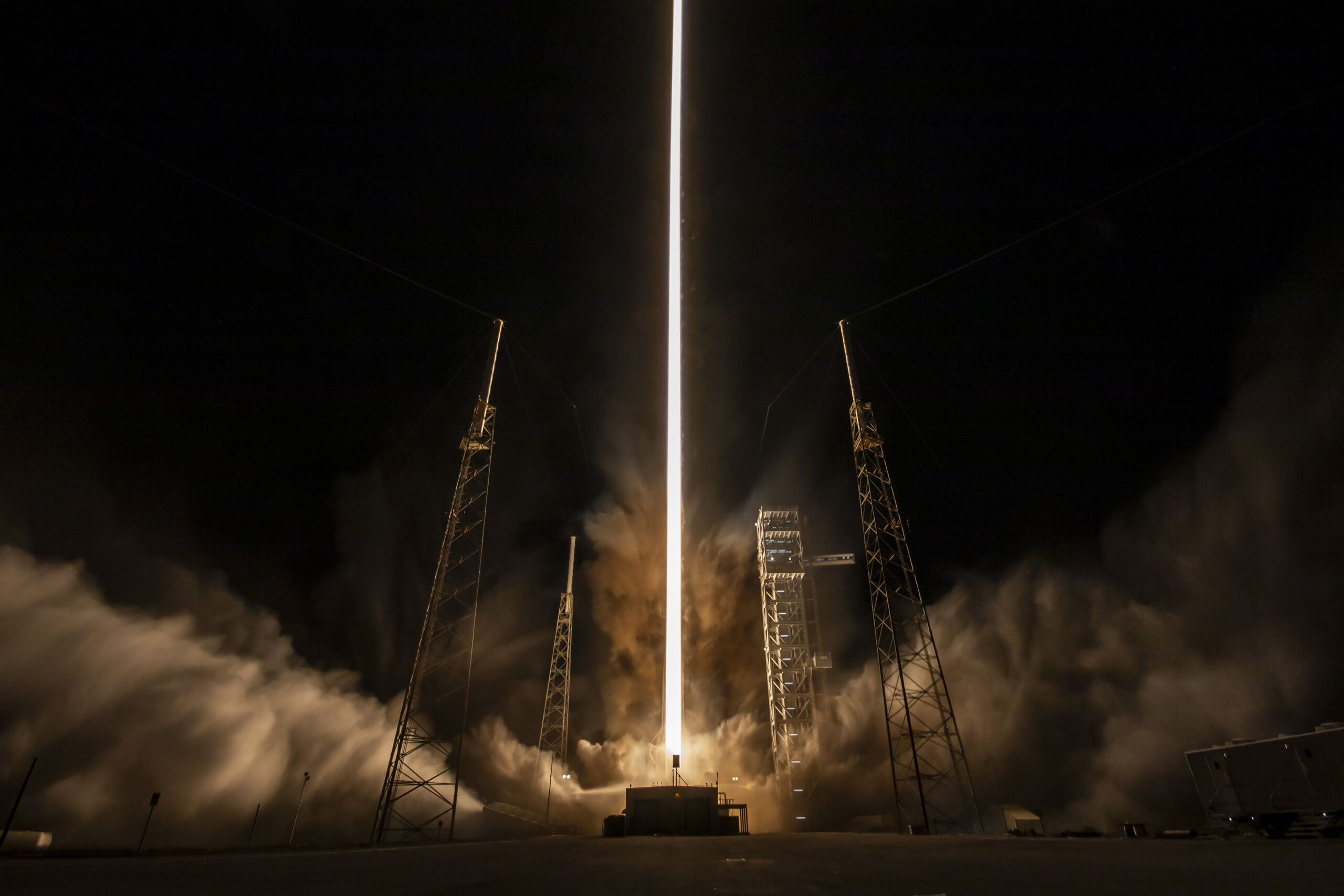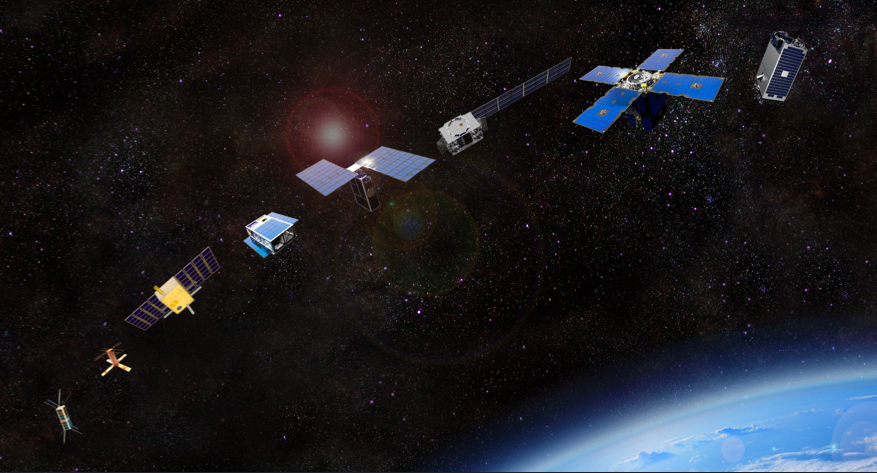WASHINGTON — Industry executives believe that pure-play launch companies need to diversify into other areas to survive in a demanding market that remains dominated by SpaceX.
In a panel at the Satellite Innovation conference Oct. 22, executives with several companies developing or operating small and medium launch vehicles said launch operators need other sources of revenue to be attractive to investors and to mitigate the risks inherent in launch.
“I think diversification is a necessity,” said Adam Spice, chief financial officer of Rocket Lab. That company started with just its Electron small launch vehicle but has now expanded in satellites and components, with 70% of its revenue now coming from that space systems business line versus launch, whose revenue, he noted, is more “lumpy” because it is tied to individual launches.
“When you’re trying to attract investor capital, you have to have a robust strategy that isn’t so single-risk focused and driven,” he said of the launch business. “One of the reasons why I don’t think you can have a launch-only company in the future is that I’m not sure investors will back that.”
That diversification stated in earnest after Rocket Lab went public more than three years ago, but Spice said that was part of the company’s strategy since he met Rocket Lab founder Peter Beck seven years ago. “He laid out his vision from the very beginning,” he recalled, starting with Electron and then moving into the broader space market. “Just a launch company is not going to be viable on economic grounds, so you have to have the full suite.”
That’s demonstrated, he added, by SpaceX, which has expanded into satellite communications with its Starlink constellation, which he believes has driven up its valuation to more than $200 billion. “How much of that do we believe is coming from the rocket versus how much is coming from Starlink?” he said.
Other panelists agreed. “Either you find a way to provide a full solution that leverages the synergies across the value chain or it will be difficult to compete in a world where everybody else is integrated,” said Giulio Ranzo, chief executive of Avio, which makes the Vega launch vehicle.
In the case of Avio, he said the company is diversifying into defense, selling solid-fuel motors based on the same technology used for the Vega. “That provides a great manufacturing synergy and an advantage in terms of cost,” he said.
“We’re not just relying on launch services,” said Israel Figueroa, director of national security programs at Firefly Aerospace, which operates the Alpha vehicle and is developing the larger MLV rocket, but is also working on orbital transfer vehicles and lunar landers. “We have orbital vehicles as well as landers that give us the ability to do end-to-end space transportation that gives you long-term viability.”
Another factor is that companies developing new vehicles will likely have little impact on the overall launch market in the near term. “In two to three years, even if all of us are successful at our stated cadence goals, it’s not going to materially change the market,” said Devon Papandrew, vice president of business development at Stoke Space, which is developing a fully reusable two-stage launch vehicle. “That is because SpaceX has a significant lead on reusability.”
He said his company’s vehicle, where both stages are designed to return and be reused, could open new opportunities such as the ability to bring cargo back from orbit. “If there’s a gamechanger that I’m tracking, it’s probably the ability to routinely bring cargo back down from space to Earth. That unlocks a lot, and currently it’s just a very, very underserved market.”
Pablo Gallego Sanmiguel, senior vice president of sales and customers at Spanish launch vehicle developer PLD Space, offered a dissenting view. “At PLD, we are totally focused on building the rocket, so we try to avoid diversification,” he said.
The company announced ambitious plans earlier this month for a series of larger launch vehicles, known as Miura Next, as well as a crew capsule. While others on the panel said human spaceflight was not a priority, he said PLD Space is seeing strong interest in those capabilities. “I’m very happy the others don’t work there, so we get this market,” he said.
PLD Space’s future vehicles will incorporate reusability, and most companies on the panel said they plan to make their future vehicles partially or totally reusable. Avio’s Ranzo offered a different view, saying that launch cadence was more important, particularly for companies that don’t have access to major customers like the U.S. government that can make reusability more desirable.
“We are spending time and money to develop reusable technologies,” he said, such as an engine powered by liquid oxygen and methane. “I think the cadence needs to be rightsized to the size of the market that you can actually reach.”
“If you don’t have a reusable launch vehicle, I don’t think you have a future as a launch company,” said Rocket Lab’s Spice, citing how reusability enabled SpaceX’s sharp increase in launch rates. “Expendable rockets really don’t have a path.”



